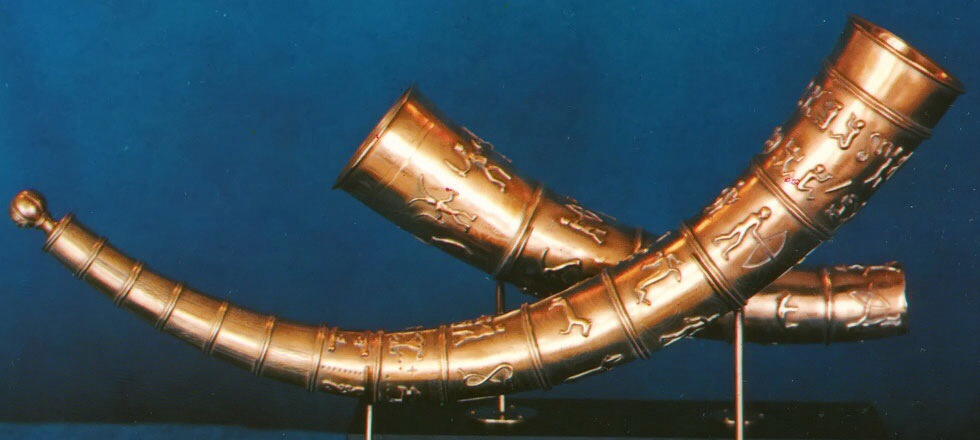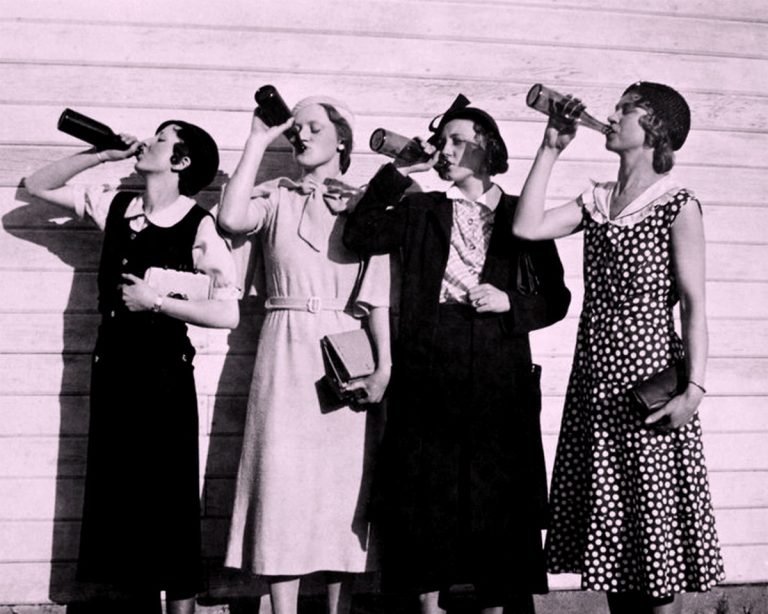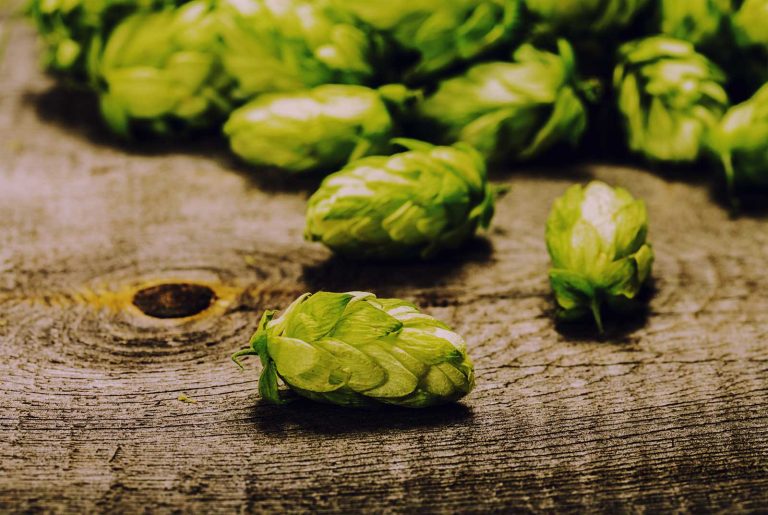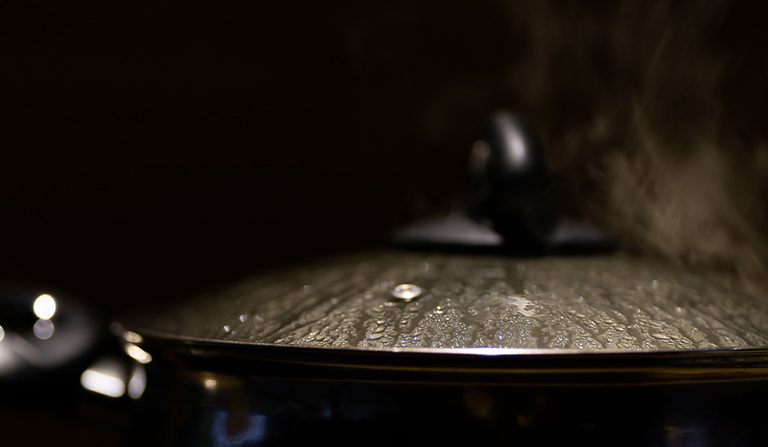An Exhaustive Guide to Hops (And Where To Get Them!)
Nothing gets us beer nerds hyped up like a little talk about IBUs and hop varieties. Even for the most jaded IPA drinkers among us, there are folks that have no clue what hops are or which ones make your beer go “oooooh”.
Some of us might even scratch our heads over the acronyms above.
Well you are in a judgement-free educational zone here at Brewhoppin. Don’t let a snobby hop head stand in your way of bitter beer enjoyment. By the time we’re done you’ll leave that snob scratching his head going “Chinook who?”
On to business!
Affiliate links below! Click here for more information.
What Hops Are
If you’ve spent any amount of time in, around or through a brewery you have probably seen a hop cone. It’s that green little flowery bud thing. The one in our logo just happens to have rabbit ears.

The hop plant is a crawling vine that flowers once a year. Technically it is a bine or a vine without those creepy curly tendrils. And the flowers? That’s the hop cone we love. In brewing, the hops come fresh like pictured above, or in pellet form. The pellets make it easier to transport and gives the flowers a longer shelf life.
Specifically they are Humulus lupulus and yes, they do have a slight family tie to cannabis. Hops are what cause that citrus, bitter and somewhat zesty flavor to the most popular brews of today.
How are they related to cannabis? Like a third cousin. Both plants are from the Cannabinaceae family only sharing similarities in their smell and taste. Hops can’t get you high1.
Hop History
Hops in America have been around a while. A long while. Like, before the US was the US long.
Long before the craft beer boom, hops were used as a preservative agent in european brews2. Before hops, brewers used bitter herbs and spices to cut the sweetness of malt. Brewers started to notice their beers with hops were lasting longer.
Why exactly? Science!
The lupulin, or the glands containing the acids and soft resins in hops, provided the bacteria-staving and preserving power of the little green flowers. But the lupulin only comes out when boiled. Once this was found out in the early 20th century, farmers began to cultivate specific breeds for specific purposes and bitterness. Thus started a trend which resulted in the hop varieties we know and love and drink today, but we will get to that in a bit.
Where Hops Grow
We were told a story once that wild hops used to be out of control.
A weed, much like kudzu that grows in the south, it grew along river banks in the Pacific northwest. In wine country bulldozers scrubbed the river banks, dumping whole hop plants into the rivers. We don’t know how true that might be, but we do know that in some areas of the country wild hops can still be found.
Wild hops are treated like 49’ers, looking to strike it rich during the gold rush, staked out their claims in secret3. Now, wild hop hunters keep the secret through email chains and backroom communications to keep their quarry under wraps while big time hop growers are churning out tons of the flowers for the country’s brewers.
Most hops are commercially grown in the Pacific northwest now-a-days with the majority being produced in Washington state. Hops are also grown extensively through Oregon and Idaho. It’s not just for potatoes anymore!
Big hop farms
Thanks to the crazed obsession over pale ales and hop heavy bitter beers, hops have become a huge cash crop.
The biggest hop producers in the states harvest around 53,000 acres of hops a year. And in pounds? That is almost 105,000 pounds of hops in 2017. And that still is not enough to support the craft beer industry.4
Other farms have popped up in the past few years that grow hops, either for their own brews like Smoke Mountain or to distribute out to the masses like Hop Head Farms in Michigan.
Where to go to help pick hops

Piqued your interest? Hopped up to lend a hand at a harvest? Yes, it can be done.
Our friends at Ruhstaller, a small Sacramento brewery with a lot of history, have a hop farm smack in between San Francisco and Sacramento along a stretch of Interstate 5.
On certain Saturdays during the growing season they host a Hop School where for a small entrance fee they allow beer lovers on their hop farm to help with the crop while learning what is involved. Each class is held around pivotal dates during the hop growing season like pruning, stringing and of course the harvest. And they have beer. Good beer.
At the end of the season there is a large party in conjunction with their harvest in celebration of a good crop and great beer.
Ruhstaller isn’t the only brewery that allows the help of thirsty volunteers. In Virginia, Stable Craft Brewing has a “Hop-Picking Party”. Previous years included smoked meats and drinks with live music. All across the country are hop harvests. Check social media around August for one near you. Get your hands dirty, your thirst quenched and use all this knowledge we’re giving you to impress your friends.
Hop Varieties
“Hops” is the general term used to describe the plant, but like wine grapes there are many many different types that beer makers use to bitter and hop their brews.
Hops aren’t all bitter.
Hops all have varying amounts of bitterness and aromas. Some hops, like the noble hops, don’t produce a very bitter bloom. Some American hops are so bitter, so acidic, that they are almost spicy.
Brewers can paint different flavors by mixing and matching the type and amount of hops in a brew like Bob Ross mixes paint on that mixing board of his. Hoppy little accidents.
Hops have their own terroir.
If you drink wine, you know terroir. Think of it like an accent. Accents might vary region by region or country by country. Ever watch a southerner try to argue with a New Yorker?
These slight differences in sound or inflection make each accent different. Terroir is the same.
Changes or chemical properties in soil types, weather, climate and even the water can affect the taste of wine grapes, as well as hops.
Let’s take a look at the most common types. You’ll see these at breweries or in beer descriptions to describe the aromas and flavors.
Gettin’ schooled!
Noble Hops
Hops that were used in early European beers, these traditional European hop varieties are commonly referred to as noble hops. Noble hops tend to have lower alpha acids, something we will learn about in the next section, so they tend to be used in beers that are less bitter.
Hallertau – Alpha Acid: 3.5%-5.5% – A German hop commonly used in lagers, pilsners, bocks and other lighter beers it us used primarily for aroma as it doesn’t have a high enough alpha acid percentage to impart a heavy bitterness. Other descriptions call it slightly fruity, flowery and haylike. German hops like this also work in the popular Christmas ales and Belgian ales.
Tettnanger – Alpha Acid: 3.5%-5.5% – Another German hop that is very similar to Saaz and Spalt. Tettnanger is an aromatic hop variety that enhances ales, lagers, pilsners and other mild brews. Its spicy and fruity flavor lends itself to wheat beers and all German ales.
Spalt – Alpha Acid: 4%-5% – Along with the other German noble hops, this aromatic hop has a spicy and fruity flavor that belongs in german lagers and belgians. Why not try it in a dunkel or bock recipe on your next brew?
Saaz – Alpha Acid: 2%-5% – Saaz is a Czech grown hop that is also used for their aroma. Think pilsners. This hop has a delicate herbal and earthy aroma.
American Hops
American hops are the primary driving factor of the craft beer explosion. And there are a lot of them, but we will focus on the top four. Or five. Trust us there are a lot of varieties. We start with the Three C’s.
Cascade – Alpha Acid: 4%-7% – Cascade came first and is one of the most used hops in American beers. Think west coast IPAs. Fruity, floral and a bold grapefruit profile.. Like the noble hops above it is used for aroma, and once you brew with it you’ll start to smell it everywhere. Want an example? Sierra Nevada Pale Ale.
Centennial – Alpha Acid: 9%-12% – Similar to Cascade, it is the much bitter relative often called Super Cascade. Centennial is primarilly used to bitter beers like pale ales and IPAs. We’re talking about Bell’s Two Hearted.
Columbus – Alpha Acid: 14%-16% – Columbus is a dual purpose hop. Yup, you guessed it. Columbus hops add both a bitterness and a strong hop aroma to the brew. These hops are very bitter and have a strong, spicy hop aroma. Green Flash West Coast IPA is a strong Columbus profile.
Bred American Hops
Some American hops have been bred using various other hops to create something new and unique. Then they are given names and sold under a different name.
Citra – Alpha Acid: 10%-12% – As you could probably deduce, Citra has a bit of a citrusy flavor and aroma. Citra has been said to smell like mangos and peach, or even pineapple. Popular beers with Citra are Sierra Nevada’s Torpedo Extra IPA and Zombie Dust by Three Floyds.
Simcoe – Alpha Acid: 12%-14% – Simcoe hops are a more down to earth hop with flavors and aroma straight out of a walk in the woods. Think pine, woods, apricot and citrus. And its bitter so it is welcome in Double IPAs, India Red Ales, and other strong beers that demand a bitter punch. We’ve had Foothills Brewing’s Hoppyum IPA, and it wasn’t afraid to bite us back.
Mosaic – Alpha Acid: 10%-14% – Mosaic has only been around since 2012 but has quickly become one of the most popular craft beer hops around. Derived from Simcoe, these hops are fruity with hints of tangerine and pineapple and used in IPAs across the spectrum. Some adept drinkers have found aromas of pepper, blueberry and pine as well. Our favorite? Mosaic Session IPA from Karl Strauss Brewing Company.
To make your home brewing easier the links above let you buy hops without leaving the house. Or changing out of your pajamas.
Other, Just As Good Hops
We don’t only love noble and american hops.
Fuggle – Alpha Acid: 3.5%-5.5% – Another German hop that is very similar to Saaz and Spalt. Tettnanger is an aromatic hop variety that enhances ales, lagers, pilsners and other mild brews. Its spicy and fruity flavor lends itself to wheat beers and all German ales.
Golding – Alpha Acid: 3.5%-5.5% – Another German hop that is very similar to Saaz and Spalt. Tettnanger is an aromatic hop variety that enhances ales, lagers, pilsners and other mild brews. Its spicy and fruity flavor lends itself to wheat beers and all German ales.
European hops, Down Under Hops
Home Brewing With Hops
It doesn’t take long for homebrewers to start itching to make their first IPA. It might even be the first beer they brew, except brewing a hop heavy monster beer isn’t for the feint of heart.
When do you add hops to the beer? How long do they stay in the boil?
Hops and the Boil
Depending on your recipe the time that hops are added during the brewing process will determine how bitter or hoppy the beer will be. How does that even work?
Using Hops to Make Beer Bitter
Adding hops at the beginning of the boil, or during the majority of the boil, extracts the essential oils and leaves the bitter alpha acids. The longer they stew in the wort, the more oils get extracted and boiled away. Bitterness abounds.
Generally speaking, a boil is sixty minutes long. Generally.
Hops added at the beginning will impart the most bitterness. Hops added at the middle of the boil will impart less bitterness and so on until you get to the end of the boil.
That dank IPA smell
When hops are dumped into the wort at the end of the boil, the last quarter or so, the essential oils don’t get boiled away. Instead what is left is the danky-stanky aroma hop heads salivate over.
Then there is dry hopping, because sometimes a beer needs more hops5.
After the boil, even after the first round of fermentation, hops can be added to the mix to bring even more hoppy aroma. Typically secondary fermentation is a few weeks or more. Hop acids do not impart any extra bitterness during this stage. It is all about that flavor and smell.
Buying Hops For Your Homebrews
Now you’ve been educated.
You won’t simply just nod and smile when the brewer’s eyes light up as they explain that Cascade and Cetra hops were boiled in your beer just a few weeks ago.
Nope, now you know. And it’s time you make your own. Except you don’t want to leave your house to get the goods.
You don’t have to. We get you.
Each of the hop varieties above offer links to purchase hops directly without leaving your house.
Above the links in the hop varieties section allow you to purchase through respected vendors as well as Amazon so they can be delivered to your door on brew day.
That wraps up our hop lesson for today. Still have questions? Shoot us a comment below.
Thanks for reading and hop responsibly!








